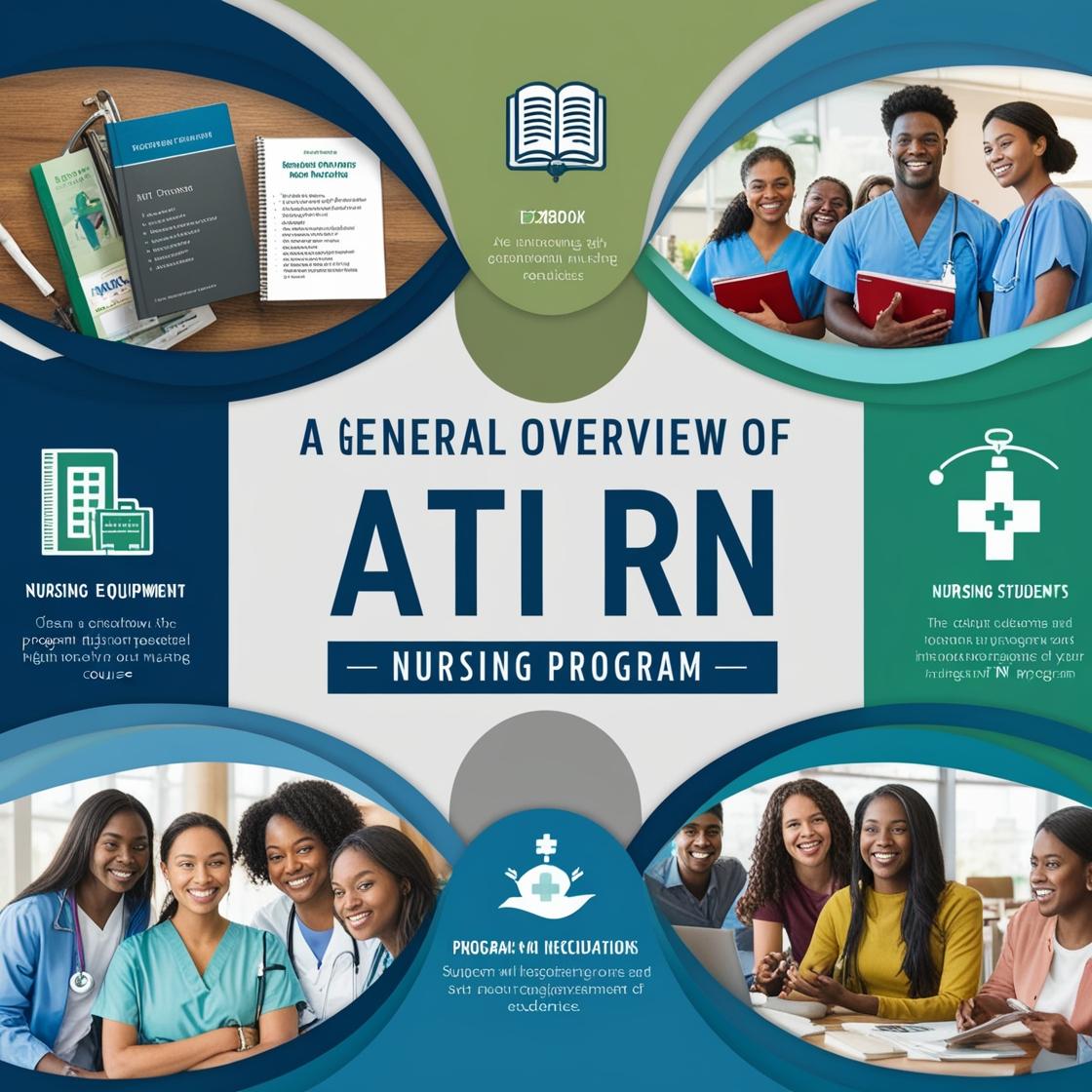ATI RN
Pathophysiology Exam 1 Quizlet
1. A male patient with erectile dysfunction is prescribed sildenafil (Viagra). What specific instruction should the nurse provide to ensure the safe use of this medication?
- A. Take the medication with food to prevent nausea.
- B. Avoid taking nitrates while on this medication.
- C. Take the medication at bedtime to ensure absorption during sleep.
- D. Take the medication with milk to enhance absorption.
Correct answer: B
Rationale: The correct instruction the nurse should provide is to avoid taking nitrates while on sildenafil (Viagra). Combining sildenafil with nitrates can result in severe hypotension due to additive vasodilatory effects. Choice A is incorrect because sildenafil can be taken with or without food. Choice C is incorrect as there is no specific requirement to take sildenafil at bedtime. Choice D is incorrect as taking sildenafil with milk has not been shown to enhance its absorption.
2. A nurse practitioner is assessing a 7-year-old boy who has been brought to the clinic by his mother, who is concerned about her son's increasingly frequent, severe headaches. Which of the nurse's questions is least likely to yield data that will confirm or rule out migraines as the cause of his problem?
- A. Does your son have a family history of migraines?
- B. When your son has a headache, does he ever have nausea and vomiting as well?
- C. Does your son have any food allergies that have been identified?
- D. Is your son generally pain-free during the intervals between headaches?
Correct answer: C
Rationale: The correct answer is C. In assessing a child for migraines, asking about food allergies is least likely to yield data that will confirm or rule out migraines as the cause of his headaches. Food allergies are unrelated to the typical symptoms and triggers of migraines, such as family history, associated symptoms like nausea and vomiting, and pain-free intervals between headaches. Therefore, in this scenario, focusing on food allergies is less relevant for identifying migraines as the cause of the boy's headaches.
3. When teaching a patient starting on oral contraceptives, what should the nurse include regarding the medication's effectiveness?
- A. Oral contraceptives are 100% effective when taken correctly.
- B. Oral contraceptives are effective immediately after starting.
- C. Oral contraceptives are less effective if taken with certain antibiotics.
- D. Oral contraceptives are less effective if taken with food.
Correct answer: C
Rationale: The correct answer is C. Oral contraceptives can be less effective when taken with certain antibiotics as they may interfere with the effectiveness of the contraceptive. It is important for patients to be aware of this interaction to consider additional contraceptive methods during antibiotic therapy. Choices A and B are incorrect as no contraceptive method is 100% effective, and oral contraceptives typically require a period of time to reach full effectiveness. Choice D is incorrect as taking oral contraceptives with food does not significantly impact their effectiveness.
4. The patient should be taught that an improvement in symptoms will likely be noticed within
- A. 48 hours.
- B. a week to 10 days.
- C. 2 to 3 weeks.
- D. 4 to 6 weeks.
Correct answer: C
Rationale: When taking isoniazid and rifampin for active tuberculosis, patients should be taught that an improvement in symptoms will likely be noticed within 2 to 3 weeks. Choice A (48 hours) is too soon to expect significant improvement in symptoms. Choice B (a week to 10 days) is also too early for noticeable improvement with this medication regimen. Choice D (4 to 6 weeks) is too far out to expect a noticeable improvement in symptoms.
5. A 20-year-old college student has presented to the campus medical clinic seeking to begin oral contraceptive therapy. The nurse has recognized the need for adequate health education related to the patient's request. The nurse should emphasize the fact that successful prevention of pregnancy depends primarily on the patient's
- A. current health status.
- B. vigilant adherence to the drug regimen.
- C. knowledge of sexual health.
- D. risk factors for adverse effects.
Correct answer: B
Rationale: The correct answer is B: 'vigilant adherence to the drug regimen.' When initiating oral contraceptive therapy, the success of preventing pregnancy relies heavily on the patient's commitment to following the prescribed regimen consistently. Compliance with taking the oral contraceptives as directed is crucial for their effectiveness. Choice A, 'current health status,' is not the primary factor for successful prevention of pregnancy with oral contraceptives. Choice C, 'knowledge of sexual health,' while important, is not the primary determinant of contraceptive efficacy. Choice D, 'risk factors for adverse effects,' though relevant for monitoring and managing side effects, is not the primary focus for ensuring contraceptive success.
Similar Questions

Access More Features
ATI RN Basic
$69.99/ 30 days
- 50,000 Questions with answers
- All ATI courses Coverage
- 30 days access @ $69.99
ATI RN Premium
$149.99/ 90 days
- 50,000 Questions with answers
- All ATI courses Coverage
- 30 days access @ $149.99
